When work relationships need to be repaired and restored
Disputes involving relationships at work can smolder away, draining energy and morale, paralyzing important business decisions and undermining new initiatives and important roles. If left unresolved, communication among colleagues can become complicated and confusing, interrupting cooperation and interfering with productivity. If organizations do not have the internal capacity to address the conflict or if the situation has escalated beyond that point, having independent, third party assistance to facilitate conflict resolution may be the most efficient and effective strategy.
Trying to manage conflict from within an organization may not work for a number of reasons:
- Management not wanting to appear as 'taking sides'
- Employees reluctancy to be open and honest in order to protect their reputation in the eyes of management
- Managers not being confident in addressing the conflict
- Issues are sensitive
- Conflict is bordering on becoming a legal matter, if mismanaged
- Complex scenarios when disputes need to be resolved alongside other processes such as complaints, grievances, performance management or return to work
- When external parties are involved such as unions, lawyers
U S E S
Used to resolve issues among employees at all levels of an organization: between employees, managers, staff and customers, clients or stakeholders, partners, board, or committee members. The types of workplace issues that can be addressed include: work style preferences, communication style differences, changes to roles, responsibilities and reporting structure; boundary issues, allegations of discrimination, bullying, harassment and a 'hostile environment', termination terms and conditions, grievances and leadership style.
F E A T U R E S
- Voluntary and confidential process where an impartial and independent, third person facilitates communication among two or more people with issues in dispute
- Is an informal process that can quickly resolve the issues at hand
- Requires the parties to demonstrate 'good will' in wanting to come to a mutual resolution
- Mediator’s role is to provide a structured process that assists in identifying the key issues, developing options and reaching a resolution that satisfies both sets of needs and interests, not give advice or offer solutions
- Chosen as an alternative to litigation where lawyers may accompany parties at a mediation but do not actively participate in the process
- Involves face-to-face interaction among the parties and the mediator but can be organized via phone or video conference or shuttle
- Mediator normally writes up an agreement which is signed by both parties, requiring that each take full responsibility for the results in resolving the dispute
B E N E F I T S
- Conflict is a known cause of workplace stress and contributing factor in allegations of a ‘hostile environment’. The earlier the intervention and the more facilitative it is of ‘win win’ solutions, the less likely it is to lead to formal investigations and allegations.
- Encouraging parties to address the conflict, builds skill and good will within an organization.
- Individuals supported in taking responsibility for the issue and the solution, thereby encouraging a more positive work environment
- Early intervention prevents conflict from escalating to the point where it impacts health, well-being and productivity
- Is ideally suited when there is an ongoing relationship that must be preserved and protected
- Is forward looking, where the past is discussed to assist people in understanding the issues deciding what they need and determining how mutual interests can be met in the future
T E S T I M O N I A L
"It looked like the grievance was sure to become a formal complaint and likely headed towards litigation. Both employees were asked if they would consider tabling the formal processes and attempting to resolve their differences using an external mediator. They mediation gave them the chance to be heard and to better understand each other's perspectives. An agreement was reached which redefined their working relationship, clarified expectations and included some some specific actions to improve future communication. The grievance was dropped."

